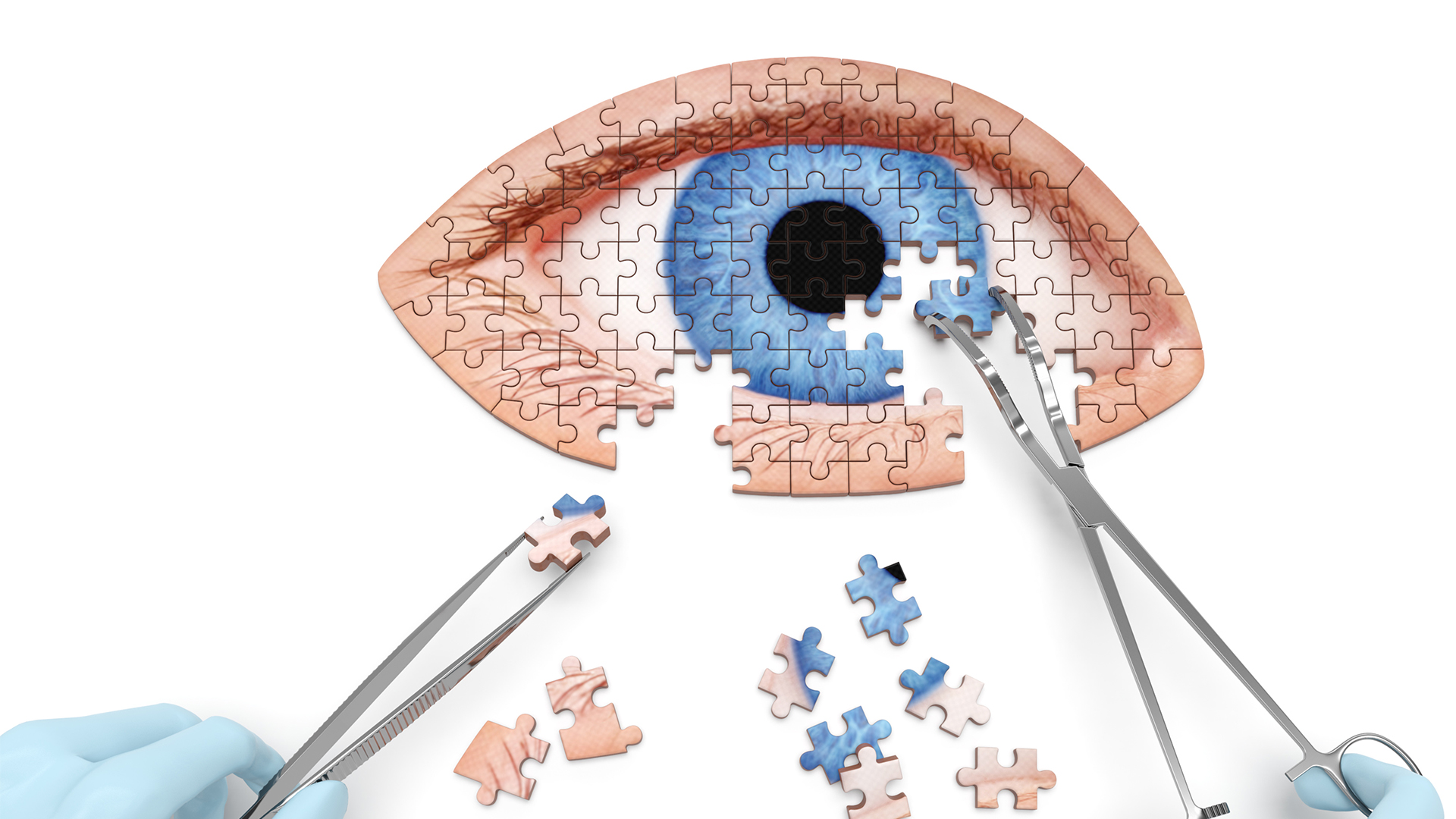
Over the last years, the continuous advancements to minimize surgical trauma allowed to improve outcomes and achieve faster recovery for the patient.
Several studies reported that even after the most successful cataract surgeries patients can develop ocular dry-eye symptoms.
Over the last years, the continuous advancements to minimize surgical trauma allowed to improve outcomes and achieve faster recovery for the patient. However, several studies reported that even after the most successful cataract surgeries patients can develop ocular dry-eye symptoms; besides, those patients suffering from eye dryness before the surgery can have those symptoms worsened.
Ocular dryness can cause visual impairment due to foreign body sensation, itching and burning. All these factors contribute to lower patient satisfaction during post-surgery recovery.
It is well-known that the causes of dry eye symptoms after cataract surgery include, among other factors, the loss of stability of the tear film and conjunctival cell damage as well as ocular surface dryness due to persistent irrigation during surgery. Still, the exact causes remain unclear.
Thus, avoiding manoeuvres that can jeopardize the integrity is of the utmost importance, as an intact precorneal tear film is essential to lubricate and keep the eye surface smooth and regular.
The physiological eye blinking prevents the breakup of the tear film.
During the whole cataract surgery, the eye is kept open. Therefore, to avoid potentially dangerous corneal dryness and haziness, it is necessary to apply on its surface specific solutions that hydrate and lubricate the delicate ocular tissue while providing a good vision for the surgeon.
With this aim, the most routinely performed procedure is the irrigation of the eye with balanced salt solution (BSS).
Yet, the hydrating effect of BSS is short-lasting and require multiple applications that can disturb and prolong the surgical procedure and may increase the risk of corneal epithelial damage. All this can result quite unpleasant for the patient and can potentially delay his recovery.
Past and more recent experiences proved that the use of viscoelastic substances, which are developed for intraocular use to maintain an adequate space in the anterior chamber during the surgery, can reduce the number of applications during cataract surgery while providing good vision for the surgeon.
Based on these pieces of evidence, some specifically tailored CE-marked medical devices, with the intended use of hydration and lubrication of the corneal surface during cataract surgery, became recently available. One of these formulations is eyeDRO, an innovative gel containing hydroxypropyl methylcellulose (HPMC), xanthan gum and carrageenan.
Pietro Giardini (Polivisus Srl Diagnostica e Microchirurgia Oculare and the Casa di Cura S. Camillo Ophthalmology Operating Unit of Brescia) was one of the first Italian ophthalmic surgeons who used eyeDRO in cataract surgery.
In his experience, the application of a single drop of eyeDRO on the corneal surface, which produces a 2-mm layer of gel, was sufficient to maintain the corneal surface hydrated and lubricated providing an optimal vision for the surgeon during the whole technical procedure. The eyeDRO efficacy was evident even in conditions of poor visibility of the operative field due to severe dry eye symptoms, corneal epithelium damage, cloudy cornea, deep set eyes and iatrogenic corneal abrasions.
These findings, achieved in collaboration with the Alchilife R&D team (Ponte san Nicolò, Padova, Italy), were presented at the XXXIV Congress of the ESCRS in 2016.
Why the “dropless” approach?
In few words, with the use of this corneal coating gel the application of multiple irrigations with BSS is no longer needed. Here’s where the idea of proposing the term dropless comes from.
The “dropless” cataract surgery term was originally coined to refer to all attempts to minimize postoperative prophylaxis. Quite soon after, this term was also used by P. Giardini to indicate also all procedures aiming at minimizing preoperative care and eliminate the intraoperative BSS irrigations.
Thus, since eyeDRO can eliminate the intraoperative use of large volumes of BSS, the use of this coating gel may fall within the field of the “dropless” cataract surgery approach.
In the next session we will present more data obtained with the corneal coating eyeDRO gel compared to the traditional irrigation with BSS.

eyeDRO surgical practice
References
- Wessels I.F. et al. Salvaged viscoelastic reduces irrigation frequency during cataract surgery. Ophthalmic Surg Lasers. 1998;29:688–691.
- Nankivil D. et al. A new, specular reflection-based, precorneal tear film stability measurement technique on a rabbit model: viscoelastic increases tear film stability. Invest Ophthalmol Vis Sci. 2014;55:4158–4163.
- Giardini P. et al. Enhanced clarity in cataract patients with poor visibility of the operative field.
Presentation at the XXXIV Congress of the ESCRS, 10-14 September 2016, Copenhagen, Denmark. - Giardini P. et al. Dropless cataract surgery.
- Presentation at the XXXIV Congress of the ESCRS, 10-14 September 2016, Copenhagen, Denmark.
- Giardini P. et al. No more irrigations during surgery: a new protective solution.
Presentation at the XXXIV Congress of the ESCRS, 10-14 September 2016, Copenhagen, Denmark. - Lindstrom R.L. et al. Dropless cataract surgery: an overview. Curr Pharm Des 2017; 23:558-563.
- Yon D.H. et al. Evaluation of the Protective Effect of an Ophthalmic Viscosurgical Device on the Ocular Surface in Dry Eye Patients during Cataract Surgery. Korean J Ophthalmol 2019;(33):5.
